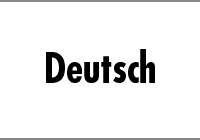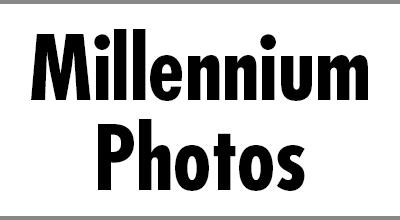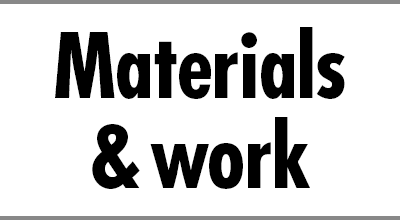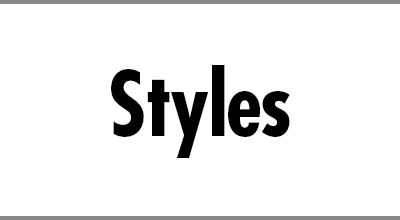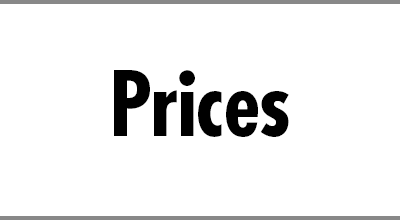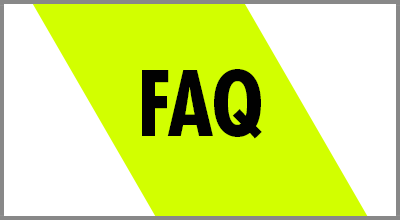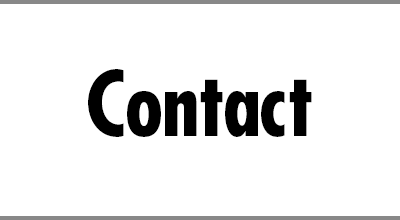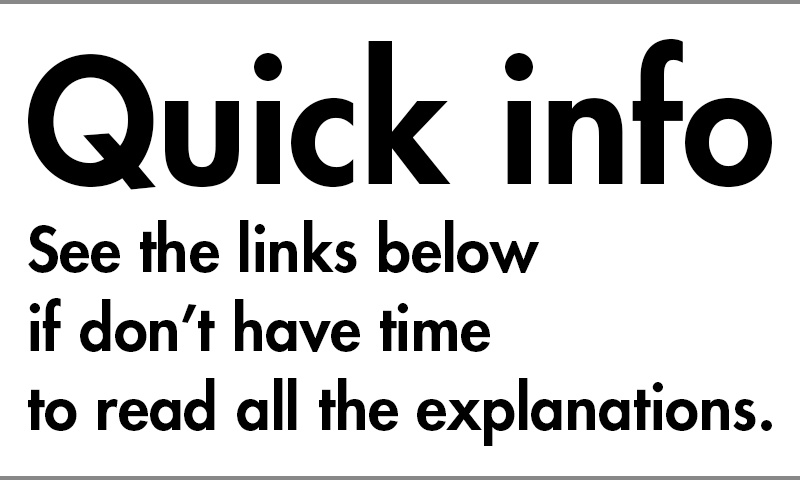Q: Are they similar to reliefs? How are they different from metallic reliefs?
A: Reliefs are sculptures or semi-sculptures whereas Millennium Photos are image engravings. Semi three-dimensional objects created by arranging photographs are relief, whereas Millennium Photos are flat engravings on which photos are burnt while maintaining their realistic appearance.
Both reliefs and Millennium Photos have metallic carvings and engravings made based on information on the brightness and darkness of images. With reliefs, the finishing sometimes ends up somewhat unnatural because semi three-dimensional shapes are created based on the brightness and darkness of the image. With Millennium Photos, tone information is expressed as brightness without modification; therefore, the brightness and darkness of image will be reproduced without creating an unnatural feel.
Please also see metallic reliefs.
Q: How are Millennium Photos different from laser engravings?
A: Laser engravings use a processing method with laser output. There are various different types of laser engravings; however, most current products processed using a general processing method are flat; therefore, they look very similar to paper prints.
However, Millennium Photos reflect light through complex reflection patterns by forming unique shapes created by engravings made in a three-dimensional way. Furthermore, the reflection changes depending on the angle from which the image is viewed and depending on the incoming light; therefore, Millennium Photos have an authentic and unique atmosphere which is different from that of laser engraving images. Laser engravings through which the product surface is thinly engraved do not have such effects, which are unique to Millennium Photos with deep engravings.
Please also see laser engravings.
Q: Are Millennium Photos similar to metallic information plates which can be seen in many places in towns?
A: The durability of Millennium Photos is totally different from that of such plates. For details, please see metallic information boards. Their appearance is also different.
Please also see engraving methods.
Q: How are Millennium Photos different from photo impact printings?
A: Photo impact printings use a fine needle (stylus) to create a large number of dots on a metallic plate to reproduce images. Since it is easy to create photo impact printing images as long as you have a computer and a processing machine, many vendors create and sell photo impact printing name plates and other similar products.
With the photo impact printing method, parts with created dots tend to be shown white and the remaining parts tend to look dark, and these dark parts are the flat surface. Therefore, the black parts can look bright by reflecting light depending on how light comes in. Photo impact printing images have lower contrast than other types of name plates, and the reproducibility of images on photo impact printings is low.
With photo impact printings, images tend to be blurred. Images can be clearly reproduced on Millennium Photos and Stainless Photos.
Please also see photo impact printings.
Q: How are Millennium Photos different from daguerreotypes?
A: Daguerreotypes and Millennium Photos are the same in that both methods involve black and white images formed on glossy metal plates.
The differences are as follows.
Daguerreotypes may appear as a negative image, depending on the angle of the incoming light and the angle from which the image is viewed. Images on daguerreotype cannot be clearly seen from any angle, and they need to be viewed from a certain angle so that they can clearly be seen. Overall daguerreotype images look blurred and sometimes appear to be like ghosts. Details can be clearly drawn. Usually only one single product can be created with a daguerreotype and it is difficult to enlarge the image. It is believed that it is difficult to preserve daguerreotypes because images can be destroyed when touched by hand and they significantly wear out in certain storage conditions.
However, Millennium Photos have high bright-dark contrast and their images can be clearly viewed from any angle. However, the fine details of the original image cannot be reproduced. Millennium Photos give a unique three-dimensional feel by reflecting light on engraved grooves. They can be preserved for long periods of time without requiring maintenance at all when kept indoors.
Please also see daguerreotype for more information
Q: How are Millennium Photos different from metallic plates on which images are printed?
A: In recent years, it has been possible with inkjet printers and thermo-wax transfer printers to output images on various different types of media, including paper.
It is possible to apply this mechanism to metal plates; however, the images on them are merely stuck onto the surface of the metal; therefore, they can easily be removed if rubbed. The robustness and durability of images printed through such methods are far lower than that of a Millennium Photo.
Please also see metal plate printings for more information.
Q: How are Millennium Photos different from glass engravings?
A: A widely employed method for glass engravings is to engrave glass by blowing fine sand onto the surface of the glass at high pressure (beads carborundum, alundum, alumina and others). There are a large number of vendors who create glass doorplates and process images on glass.
The differences between glass engravings and Millennium Photos are that, firstly, they use different materials, and secondly, they use totally different processing methods.
Since glass is transparent, if the light source is placed behind the product, there will be special effects from the light passing through; however, if the light source is placed in front of the work, it does not look beautiful even if a light is shone on it. Therefore, glass engravings do not look very good if they are hanged on a wall or embedded into a wall. They are suitable for use at places where they are lit from behind on a desk or other surface.
Since Millennium Photos are made of metal, they are viewed using reflected light, and not penetrating light. Glossy light is a product characteristic of Millennium Photos. Images on glass engravings are generally processed using aggregations of fine dots in the same way as printing materials in expressing the tones of brightness and darkness. However, glass engravings have lower contrast compared to printing materials, and they are not very clear. An individual’s portrait on a glass engraving can have a ghost-like appearance, depending on the angle from which it is viewed.
Millennium Photos reproduce a three-dimensional feel at the same time as expressing tones using unique curvy grooves.
Also, glass is fragile and can easily get scratched or shatter. We believe that glass is not a material which can be kept for long periods of time.




